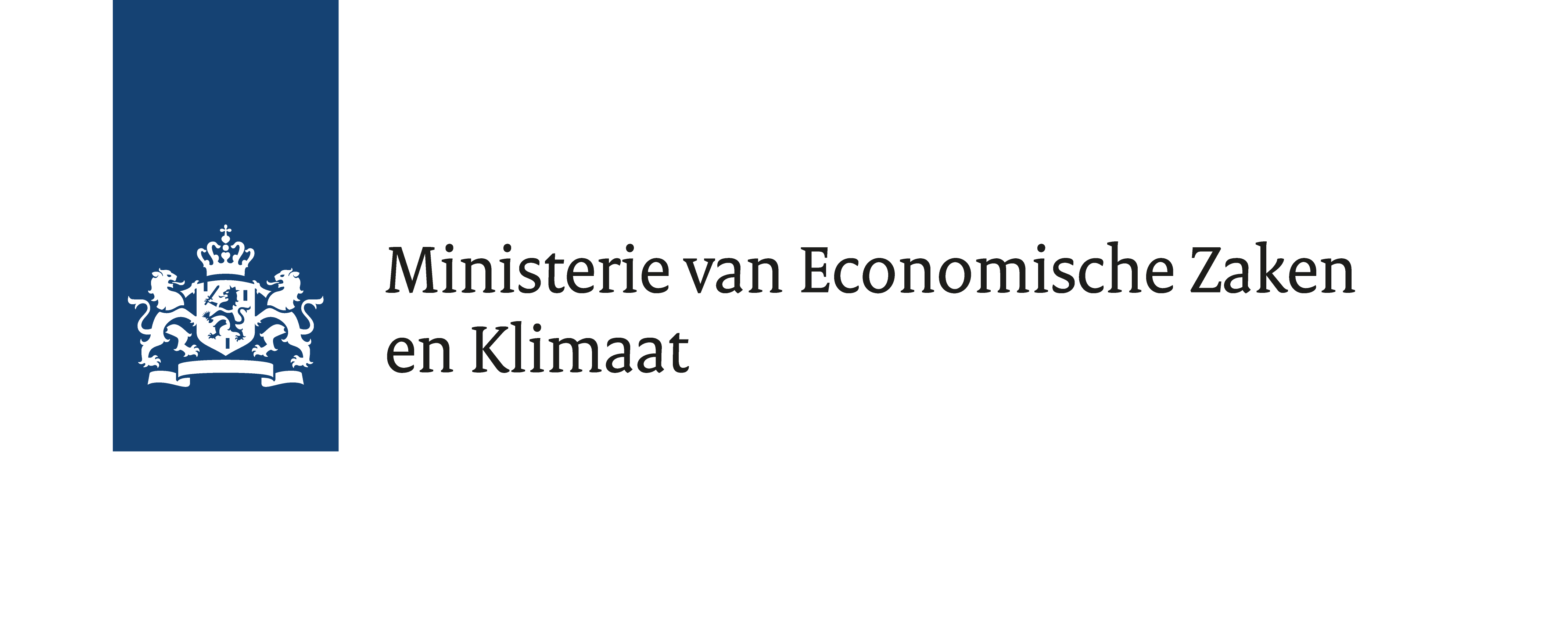
There are two main reasons why the Einstein Telescope will be more accurate than existing gravitational wave detectors. First of all it will be 250 m underground to reduce unwanted disturbances. Secondly, the Einstein Telescope will consist of new and innovative technologies. The E-TEST project (Einstein Telescope EMR Site & Technology) covers both aspects.
Subsurface studies
Earlier studies show that the subsurface of the Euregion Meuse-Rhine seems ‘quiet enough’ for the Einstein Telescope. However, we need a more thorough understanding of other factors and across a larger area. That’s why researchers work on an underground monitoring system and a model. This will improve the knowledge about groundwater levels and sources that can cause disturbances, like seismic, atmospheric and anthropogenic noise. The study should lead to an optimal siting of the Einstein Telescope in the region. This requires an equilateral triangle with sides of 10 km at a depth of 200 to 300 metres. Important factors are the type of subsoil, the rock stability and groundwater fluctuations. Scientists will also consider the impact on the environment, as it should be as small as possible.
Prototype of innovative mirror
In the E-TEST-project, partners from research and industry are also developing new technologies. They focus on optics, low-vibrations cryogenics and seismic isolation. One of the main outcomes of the project will be a full-scale silicon mirror for the Einstein Telescope. The cooled silicon mirrors are an innovation compared to existing gravitational wave detectors. They are less sensitive to noise and therefore the accuracy of the detector will improve. The set-up is complimentary to the research that will be carried out with the R&D lab ETpathfinder. The main difference is that ETpathfinder builds a complete interferometer that can test the interplay between different subsystems. Whereas the project E-TEST focuses on specific concepts.
Organisation and timeline
The project has started in the spring of 2020 and will run until 2023. 11 institutes from the Netherlands, Belgium and Germany are involved in the project, including Nikhef. They work closely together with partners from industry. The project partners are: Fraunhofer-Institut für Lasertechnik ILT, Hasselt University, KU Leuven University, Maastricht University, Nikhef – National Institute for Subatomic Physics, NMWP Management GmbH, Rheinische Friedrich-Wilhelms-Universität Bonn, Royal Netherlands Meteorological Institute (KNMI), RWTH Aachen University, Université catholique de Louvain, and the University of Liège as Lead Partner. The project is co-financed by the Province of Limburg and the Ministry of Economic Affairs and Climate.
More information
Visit the E-TEST website for more information, or have a look at the information about the E-TEST project on the Einstein Telescope website.
